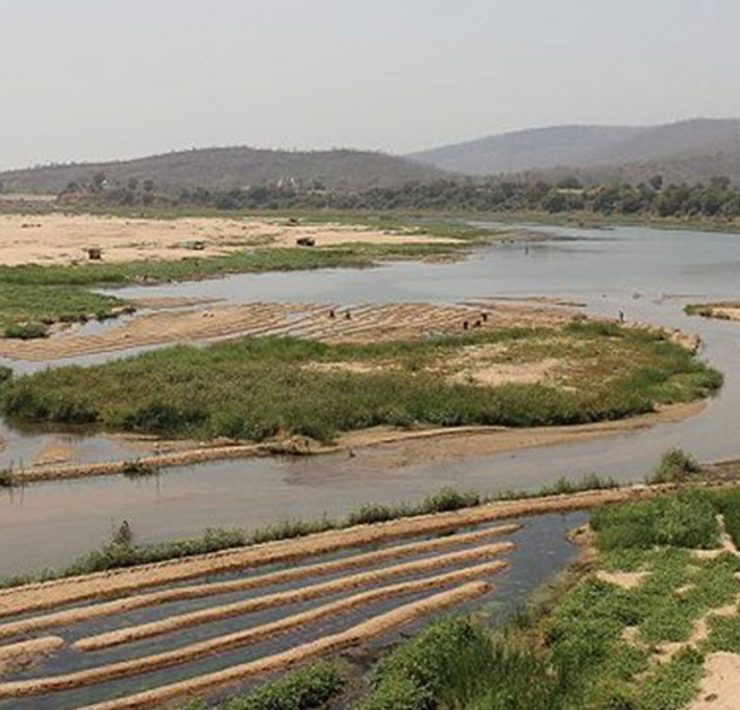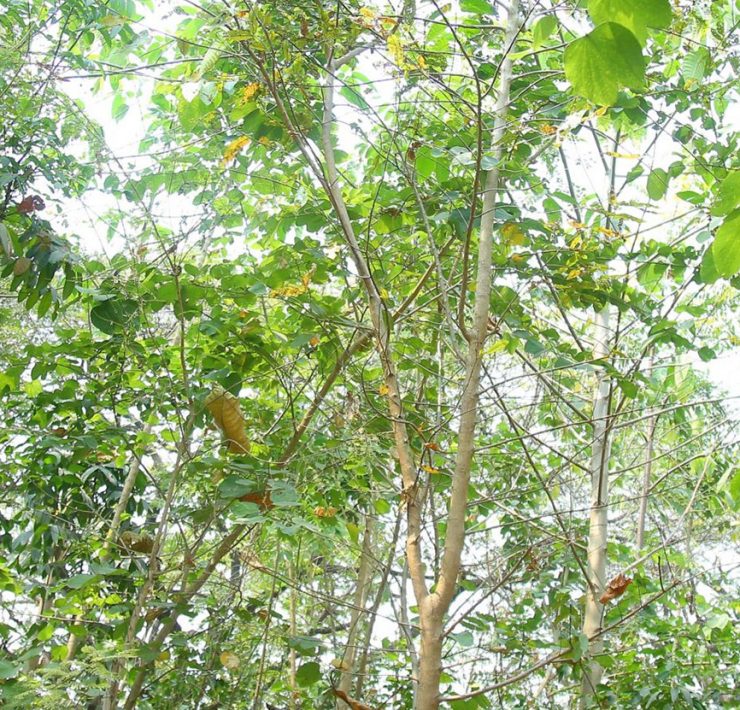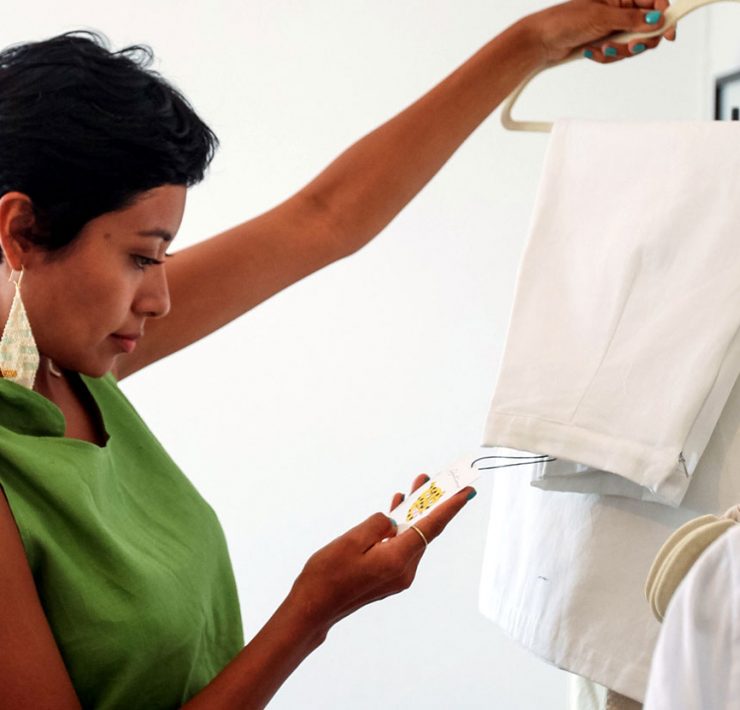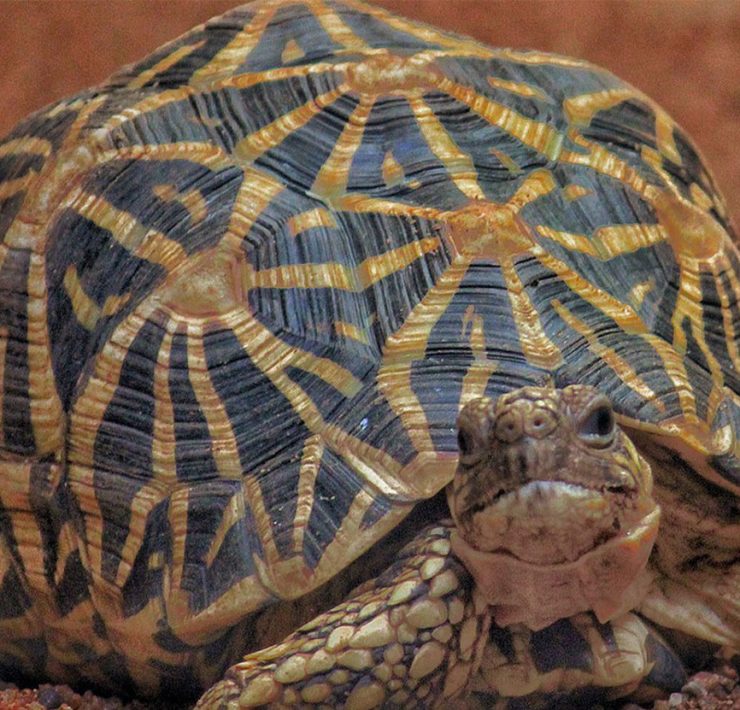Trending: Beverage Giants Ensuring Their Libations Are Sustainable, Down to the Roots
- Bombay Sapphire and Starbucks are working with farmers to ensure complete supply chain sustainability for their gin and coffee, respectively.

Bombay Sapphire to be first major gin brand made with 100% sustainably sourced botanicals
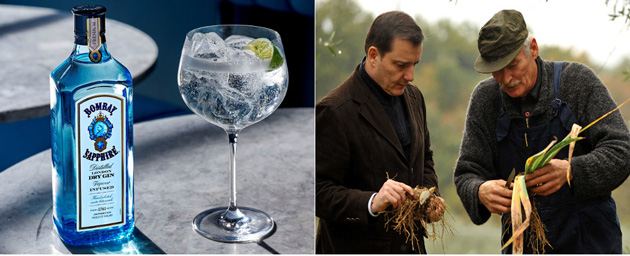
After decades spent carefully building sustainable partnerships with farmers and suppliers, gin giant Bombay Sapphire® announced today that all 10 of its botanical ingredients are on track to be certified sustainable in 2021. With the suppliers of eight ingredients already certified according to Ecocert SA’s For Life standard, the goal is for the remaining two producers — for grains of paradise from Ghana and liquorice from China — to be certified in the months following the lifting of travel restrictions.
This news is a major step towards parent company Bacardi, the largest privately held spirits company in the world, achieving its 2025 goal of sourcing 100 percent of its key ingredients from sustainably certified suppliers. The 10 botanicals — which include juniper from Tuscany, coriander from Morocco, lemon peel from Spain and cubeb berries from Java — are hand selected by Sapphire’s Master of Botanicals, Ivano Tonutti.
“We take a 360-degree approach to sustainability,” Tonutti says. ”It’s our responsibility to care as much about the farmers and their communities as we do the botanicals they grow and harvest for Bombay Sapphire. By looking after their well-being and investing in sustainable farming practices, we are helping to protect the environment and their livelihoods for generations to come.”
Bacardi says Tonutti has worked closely with these suppliers to help them achieve For Life certification. To be certified, suppliers must commit to continuous improvement in the following areas:
- the well-being of the people involved in the harvesting and supply of the botanicals;
- the reduction of their environmental impact;
- their responsible purchasing practices;
- sustainable development at a local level and key stages in the supply chain.
Bombay Sapphire VP Natasha Curtin says: “I am incredibly proud of this latest achievement by Ivano and his team; but as an industry, we must all invest in a more sustainable future. Ivano has spent more than 20 years building close relationships with our farmers and suppliers around the world. With his experience and expertise, we have created a blueprint for the sustainable sourcing of botanicals — which we hope will inspire others to do the same.”
Bombay Sapphire has long invested in innovations offering creative solutions to complex sustainability challenges — ex: when Sapphire renovated an old paper mill into a distillery in Laverstoke, England in 2014, its design was rated ‘outstanding’ by BREEAM, the most recognized environmental assessment for buildings.
Fast-forward to October 2020: Bacardi unveiled a 100 percent biodegradable spirits bottle that will hit shelves by 2023. Bacardí® rum will be the first spirit to appear in the new bottle, before the plant-based material is rolled out to replace single-use plastic across the entire Bacardi supply chain and the company’s 200 brands and labels — including Bombay Sapphire.
Starbucks commits to carbon-neutral green coffee by 2030
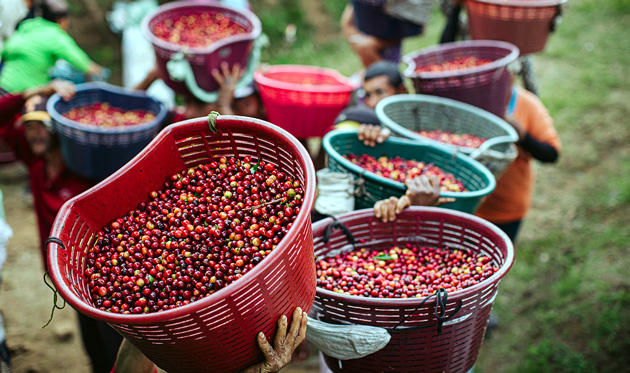
In January 2020, Starbucks announced a bold aspiration to be a resource-positive company — to take less and give more to the planet in every aspect of its business — by 2030. This week, to protect the resiliency of its coffee supply chain and the people that make it possible, the company announced another bold goal: to achieve carbon-neutral green coffee and conserve water usage in green coffee processing by 50 percent by 2030.
Starbucks purchases coffee from more than 400,000 farmers in 30 countries
“As we celebrate 50 years of Starbucks, we are looking ahead at ways we can reimagine the future and continue to inspire and nurture the human spirit,” said Michelle Burns, SVP of Global Coffee, Tea and Cocoa at Starbucks. “For farmers and their communities, we know it is critical we work together to address the challenges they face associated with climate change, which are making it increasingly difficult to grow high-quality coffee. By reducing carbon emissions and conserving water, we can help farmers be more productive while we are also contributing to a better planet and bringing coffee to customers in a sustainable way.”
The road to carbon-neutral green coffee
These new, coffee-specific environmental goals are an extension of Starbucks’ work underway with CAFE (Coffee and Farmer Equity) Practices. While critics argue that the company’s self-assessment program is flawed — including no minimum guaranteed price paid to farmers — Starbucks says that farmers participating in the program have higher productivity than the country averages, which has helped the company create a long-term supply of high-quality coffee while positively impacting the lives of coffee farmers and their communities.
Now, in support of its resource-positive goals, Starbucks is focusing on its carbon and water footprints at origin – or what Starbucks refers to as “the first ten feet” (farm to port). With this focus on on-farm activities and land use change, Starbucks is addressing its largest source of greenhouse gas (GHG) emissions in coffee before the rest of the coffee value chain (ex: transportation, roasting, packaging).
Starbucks says it will work to meet its 2030 target of carbon-neutral green coffee — reducing greenhouse gas (GHG) emissions in coffee at origin, then compensating for any remaining emissions — through three primary strategies:
- Decreasing carbon emissions in Starbucks supply chain by equipping farmers with precision agronomy tools.
- Promoting and distributing climate-resistant tree varietals.
- Protecting and restoring at-risk forests in key coffee landscapes.
Water conservation at origin
Traditional coffee processing is water intensive. With 200,000 wet mills in Starbucks’ CAFE Practice supply chain, Starbucks has an opportunity to conserve water by ensuring farmers have access to more water-efficient machines, which also standardizes quality and increases processing efficiency for farmers. Over the last year, Starbucks distributed nearly 600 “ecological wet mills” to coffee farms in Guatemala, Mexico, Peru, Kenya and Rwanda. The result has been up to 80 percent water savings in coffee processing.
Starbucks will build on this to achieve 50 percent conservation in water usage by 2030 by:
- Conserving water by directly investing in new ecological wet mills for CAFE Practice farms.
- Investing to make current water processing technology and machinery even more efficient.
- Developing water-replenishment projects in coffee communities.
Ongoing efforts will see farmers around the world receive hands-on support — including customized, in-depth agricultural and business education and training to best manage their crops and land; new equipment and facilities to optimize for reduced water use and carbon emissions; and new, climate-resistant coffee seedlings to replace unproductive trees.
Measuring and scaling the work
Starbucks knows the most pressing issues in coffee cannot be solved by one company alone, and that the best solutions require everyone coming together to collaborate in providing a better future for farmers.
Starbucks is working with Conservation International and others, to advise and evolve its carbon-neutral coffee roadmap and measurement methodology. Starbucks will share learnings to help the entire industry.
Starbucks will continue to measure its overall carbon and water footprint and share progress annually in its Global Environmental Social Impact Report. The company is also working with the Science Based Targets initiative to validate the 2030 corporate sustainability goals, inclusive of green coffee.
Read more about how Starbucks plans to achieve carbon-neutral green coffee by 2030 here
This article first appeared on Sustainable Brands on March 23rd, 2021.

